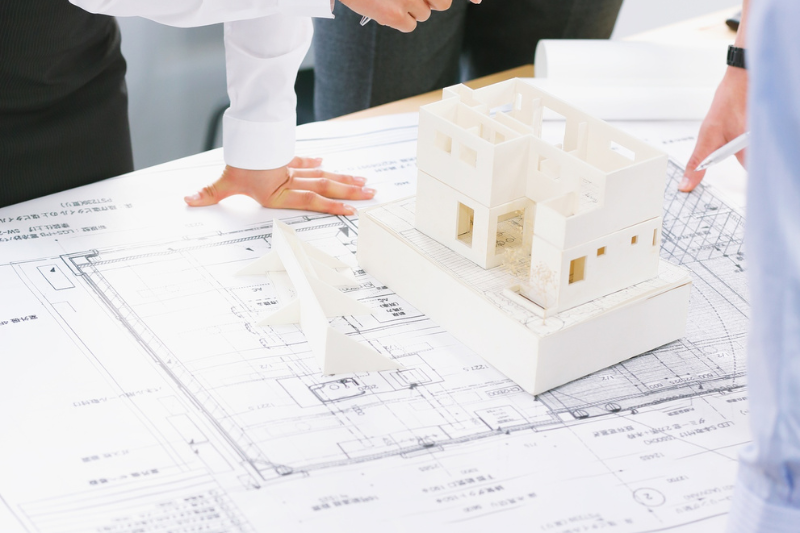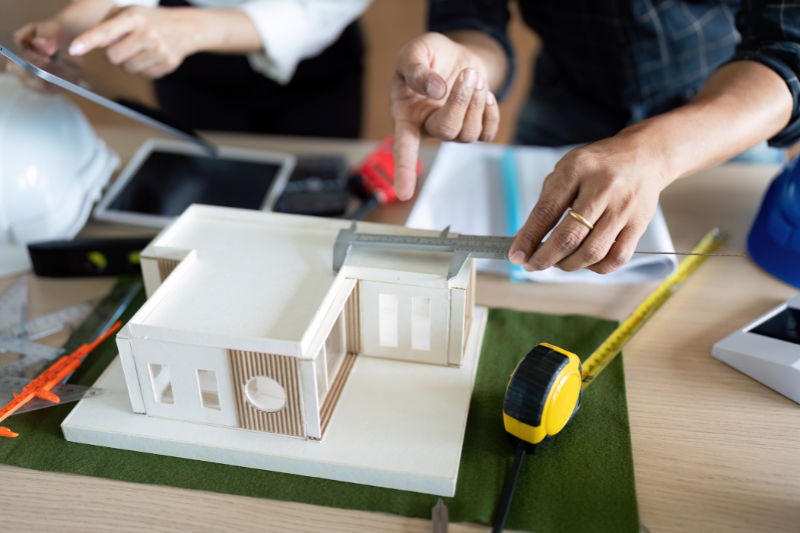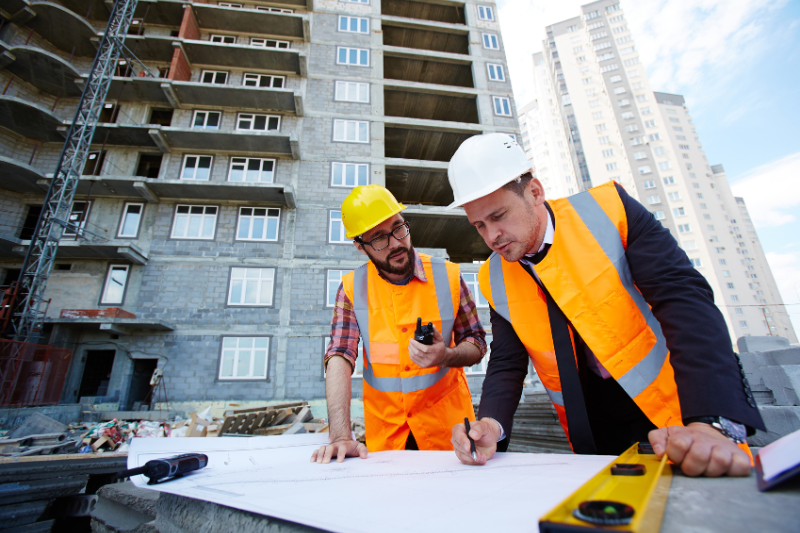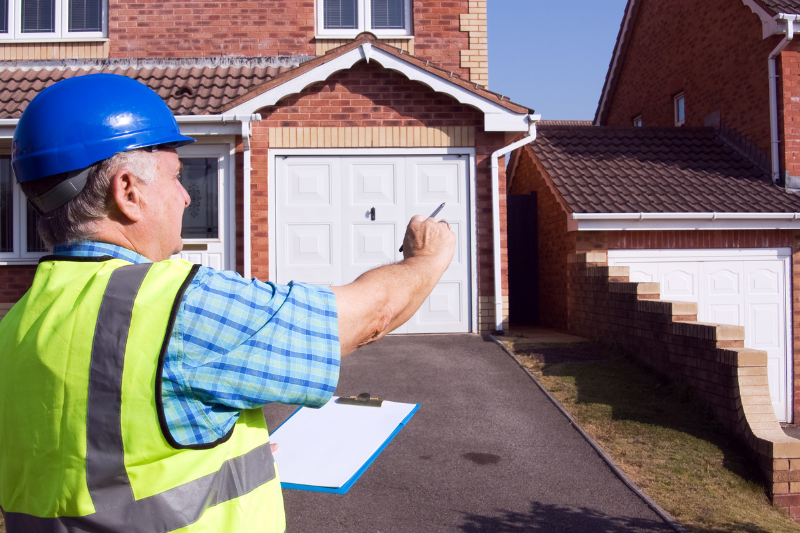Building Tips
By Category
Top 5 Mistakes in WSUD Planning (And How to Avoid Them)
Are costly WSUD plan revisions slowing down your project? Learn the top 5 mistakes that lead to WSUD failures and how to avoid them.
Step-by-Step Guide to Getting a Whole-of-Home Assessment
Curious how a Whole-of-Home Assessment actually works? Discover the step-by-step process, key requirements, and what homeowners can expect.
A Step-by-Step Guide to Completing a J1V3 Assessment
Ever wondered what goes into a J1V3 Assessment? This step-by-step guide breaks down the process and shows how it ensures full NCC compliance.
Whole-of-Home Assessment 101: What It Is and Why It Matters
Curious how energy performance is really measured? Learn how a Whole-of-Home Assessment helps cut costs and boost building efficiency.
Step-by-Step Guide to Getting a Compliant Section J Report
Are you looking for a way to get your building approved faster? Here are the exact steps to prepare a compliant Section J report and meet NCC energy standards.
J1V3 Assessments 101: What They Are and Why You Need One
Ever wondered what a J1V3 assessment means and why you need one? Discover how this report helps your building meet energy and compliance standards.
The Step-by-Step Process for Conducting a WSUD Assessment
Curious how a WSUD assessment works? Learn the simple step-by-step process to ensure your project meets water-sensitive urban design compliance.
Top 5 Reasons Your Project Needs an ESD Consultant
Ever wondered why hiring an ESD consultant can make or break your project’s success? Here’s the clarity you’ve been looking for on the matter.
ESD Consultant 101: What We Do and Why It Matters
Wondering what an ESD consultant does? Learn how they help you meet planning permit requirements, improve building performance, and design sustainable projects.









